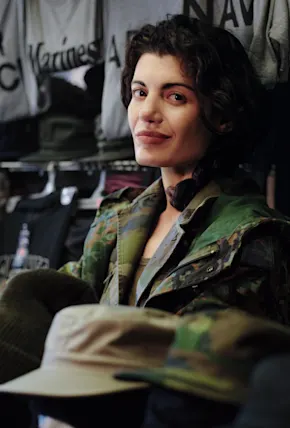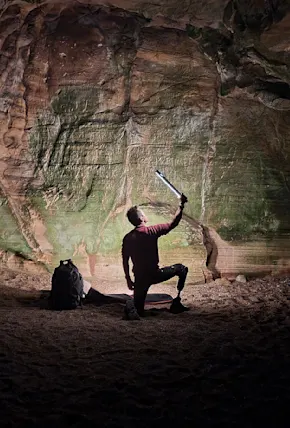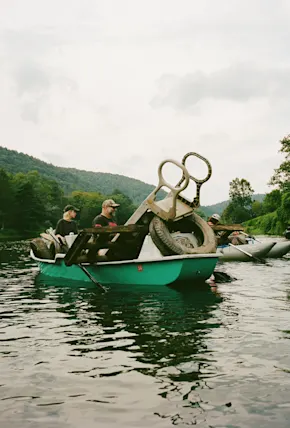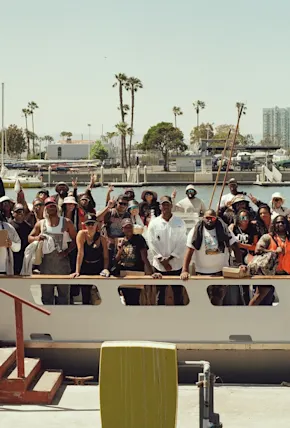How has Alpenglow's approach changed over time in regards to working in and with the local communities where you operate trips?
I've now been climbing internationally since 1993 or 1994 so 30 years in these places. Pre-internet and all that. There was very little opportunity for local climbers in a lot of these developing countries to build thriving businesses or to be noticed for their talents as climbers. From the beginning we knew the importance of real partnerships and friendships with people I climbed with in foreign countries, and tried to share as many opportunities as I could through bringing money through bringing clients through telling stories about my local partners.
Over the past 20 years, what's changed is those local partners being able to really professionalize and tell their own stories. And what that's led to is really fantastic local guide companies. It's led to the IFMGA now expanding to most of the developing countries I work in, so Ecuador, Peru, Argentina, Nepal, they're all now IFMGA countries. Local guides can go through the same training at a lower cost because the input costs are less in those countries and get the exact same certification that I have or a badass Chamonix guide has, and that's opened up so many opportunities.
We've all seen the stories about how a place like Everest Base Camp has changed and grown. Have you witnessed other places change over the years?
The Khumbu Valley, the Everest Valley, is maybe the easiest place to see and talk about that. These changes are complicated, right? There are challenges and negatives to some of that growth, whether it's common sense stuff like how to have clean water, how to not cut down all the trees for firewood, how to deal with sewage and human waste so these places can stay clean and habitable. Those are all challenges that that growth has had.
I think we need to be very careful as visitors from the outside looking in. Some people are like, 'Oh, it was so much better before, we've ruined the culture.' When I talk to my friends who live in these places, they want the development and the opportunities that have come with that development. The vast majority of the Sherpa that I've been working with since the early 2000s, their kids did not go on to be yak herders or Sherpa. They went on to go to university to go to private schools in Kathmandu, and then universities outside of Nepal and have gone on to be business owners, software engineers, dentists. Those opportunities came from tourism and from climbing.
These are real challenges and they're having pretty deep effects on the culture of the place changing and making it harder to maintain the Sherpa culture that I saw 25 years ago. But if I ask the people who are having those opportunities, they feel really proud of them and blessed by them. And so I think the positives of mountain tourism for the most part have really outweighed the challenges. That doesn't mean that I don't think we need to keep a really close eye on those challenges and have those conversations, especially around environmentalism and trash and preserving these sacred places that people want to come to.








